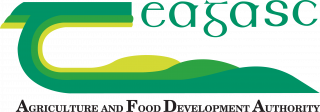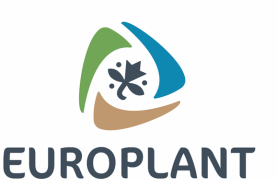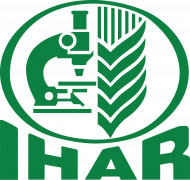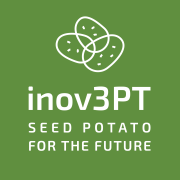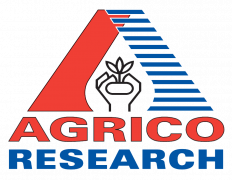Wild potatoes contain valuable genetic diversity that can help to develop resistance to pathogens in cultivated Solanum tuberosum, a globally important crop. This study investigates the bioactivity of acyl solamines from Solanum bulbocastanum leaves against Alternaria solani, the causal agent of early blight on potato and tomato, and the generalist fungal phytopathogen Botrytis cinerea. An enrichment and purification procedure for acyl solamines was developed. The resulting acyl solamine fraction contained more than 90% fatty acyl solamines with a chain length of 12–18 carbon atoms. The C16:3-solamine was the dominant compound. In agar dilution assays, the isolated acyl solamine fraction showed significant mycelial growth inhibition for both pathogens already at concentrations lower than those found in S. bulbocastanum leaves. Half-maximal inhibitory concentrations were 150 mg/L for A. solani and 94 mg/L for B. cinerea. Possible modes of action and the potential use of long-chain fatty acyl solamines in potato production and integrated pest management are discussed.
Full publication URL
